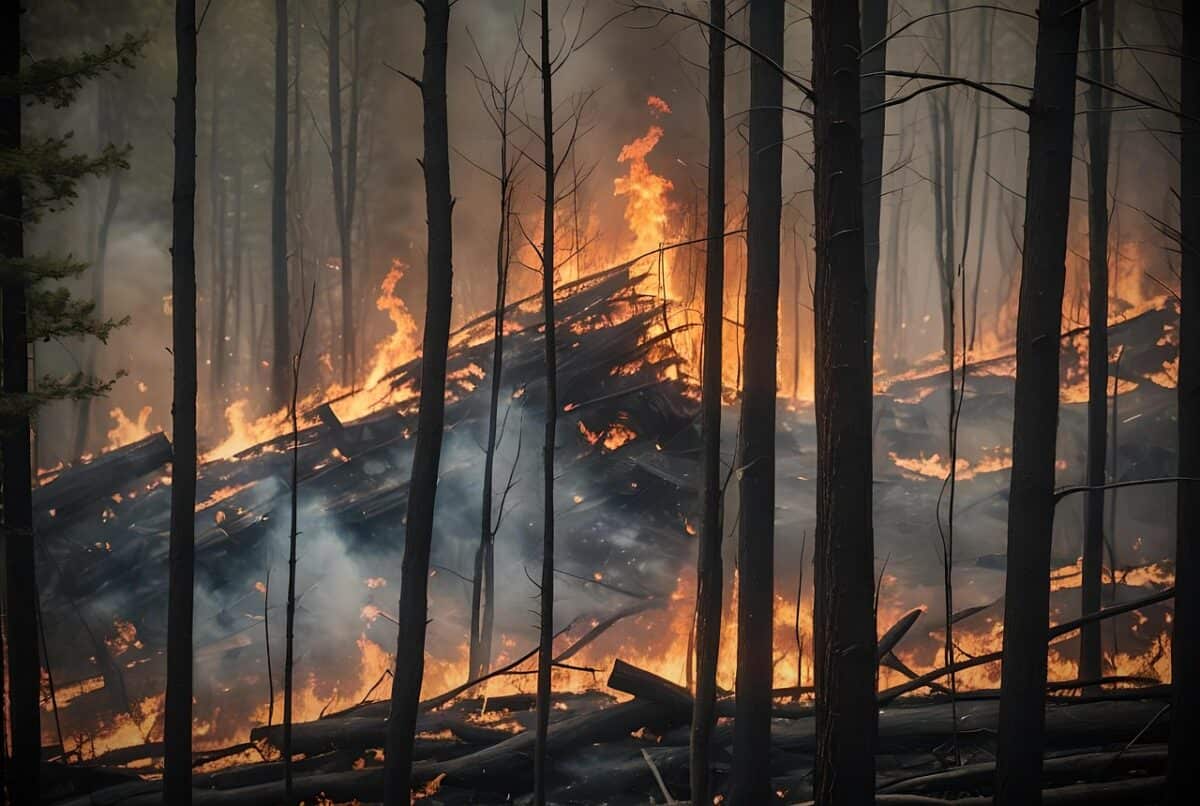Australia’s iconic koalas faced an unprecedented crisis during the 2019-2020 bushfire season, often referred to as the “Black Summer.” These catastrophic wildfires swept across the continent with extraordinary intensity and scale, dramatically transforming landscapes and wildlife populations. For koalas—already vulnerable due to habitat loss, disease, and climate change—these fires represented a turning point in their conservation status and future prospects. The blazes burned through millions of hectares of eucalyptus forests, the koalas’ sole habitat and food source, leaving behind a changed ecosystem and permanently altered population dynamics. This article explores the profound and lasting impacts of Australia’s devastating wildfires on koala populations, examining both the immediate devastation and the long-term implications for this beloved marsupial species.
The Unprecedented Scale of the 2019-2020 Black Summer
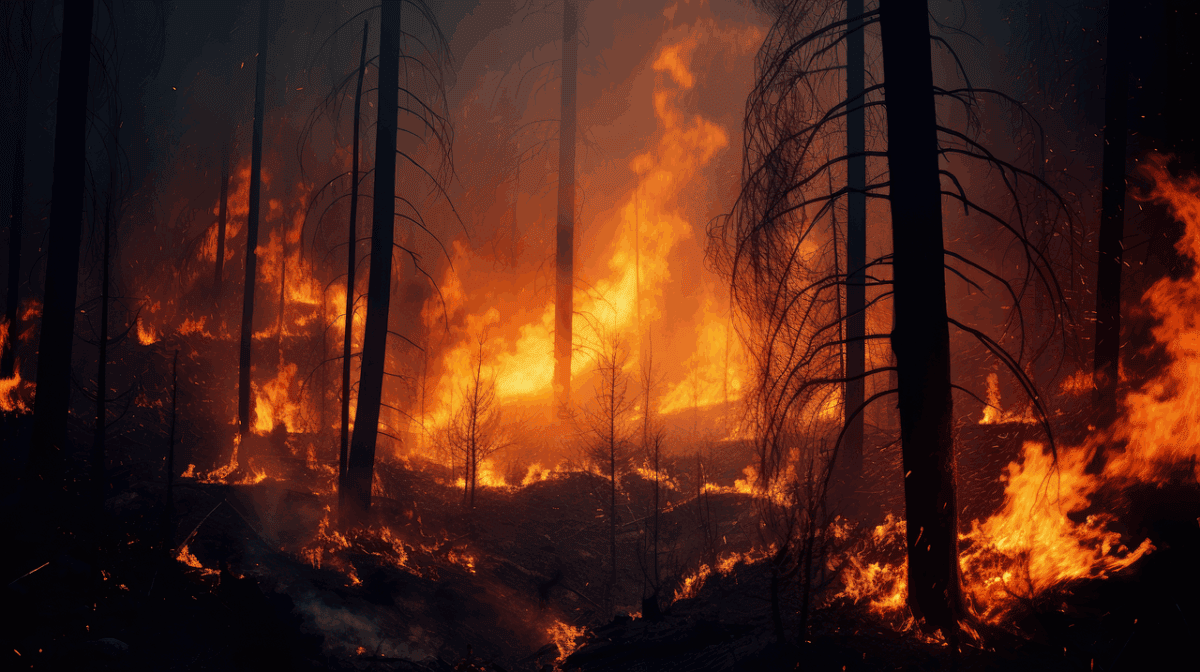
The 2019-2020 Australian bushfire season marked one of the most devastating natural disasters in the country’s recorded history. Fueled by extreme drought conditions, record-breaking temperatures, and strong winds, the fires burned an estimated 18.6 million hectares (46 million acres) of land. This included more than 5.4 million hectares in New South Wales alone, where significant koala populations reside. The fires burned with an intensity that created their own weather systems, generating fire tornadoes and pyrocumulonimbus clouds that spread embers far ahead of fire fronts. Nearly 3 billion animals were impacted, including mammals, reptiles, birds, and frogs, with millions either killed directly or displaced from their habitats. For koalas, with their slow movement and tree-dwelling lifestyle, escape was nearly impossible in many areas where crown fires engulfed entire forests in minutes.
Direct Mortality and Population Decimation
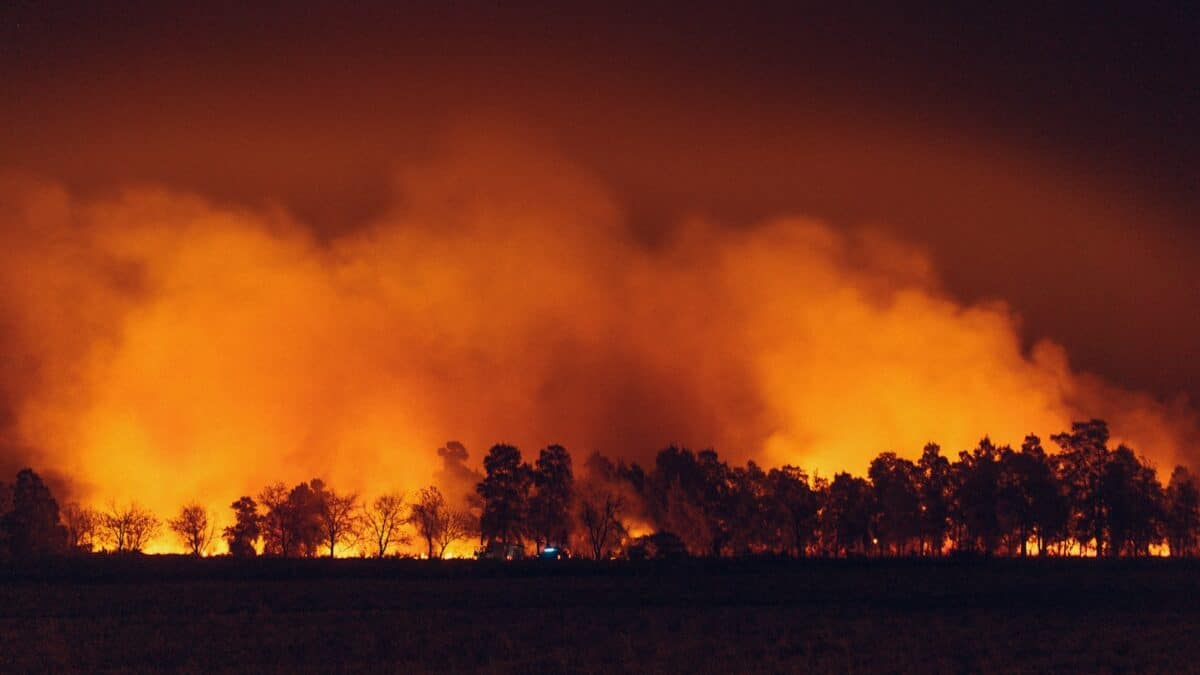
The fires had an immediate and devastating impact on koala numbers across eastern and southern Australia. On Kangaroo Island, home to the only chlamydia-free koala population in Australia, an estimated 50% of the 50,000 koalas perished. In New South Wales, researchers estimate that 5,000 to 10,000 koalas died in the fires—representing potentially 30% of the state’s population. Koalas were particularly vulnerable due to their specialized biology and behavior; they don’t flee from danger but instead climb higher into trees, which became death traps as flames consumed entire canopies. Their relatively slow reproductive rate—typically producing just one joey per year—means population recovery is exceptionally slow compared to other wildlife species. This direct mortality created genetic bottlenecks in some regional populations, potentially reducing genetic diversity critical for long-term population health.
Habitat Destruction and Fragmentation
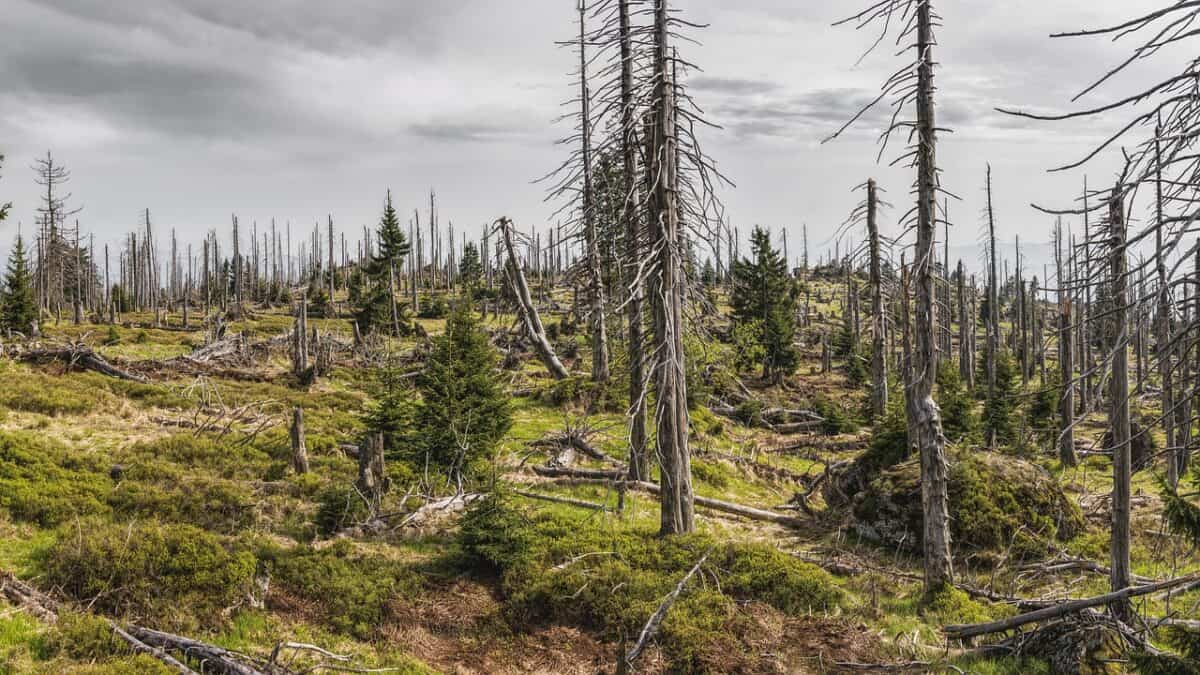
Beyond direct mortality, the fires catastrophically impacted koala habitat. Koalas rely exclusively on eucalyptus trees for both food and shelter, but millions of these trees were destroyed or damaged during the fires. In some regions, 100% of koala habitat within fire zones was compromised. The fires exacerbated already severe habitat fragmentation problems, creating isolated “islands” of suitable habitat separated by burned landscapes or human development. This fragmentation has profound implications for koalas, as it impedes their ability to disperse, find mates, and maintain genetic diversity. Young koalas seeking new territories face dangerous journeys across unsuitable landscapes, increasing mortality from predation, vehicle strikes, and dog attacks. Additionally, fragmentation can lead to inbreeding depression in isolated populations, further threatening their viability and resilience to future challenges.
Food Resource Depletion
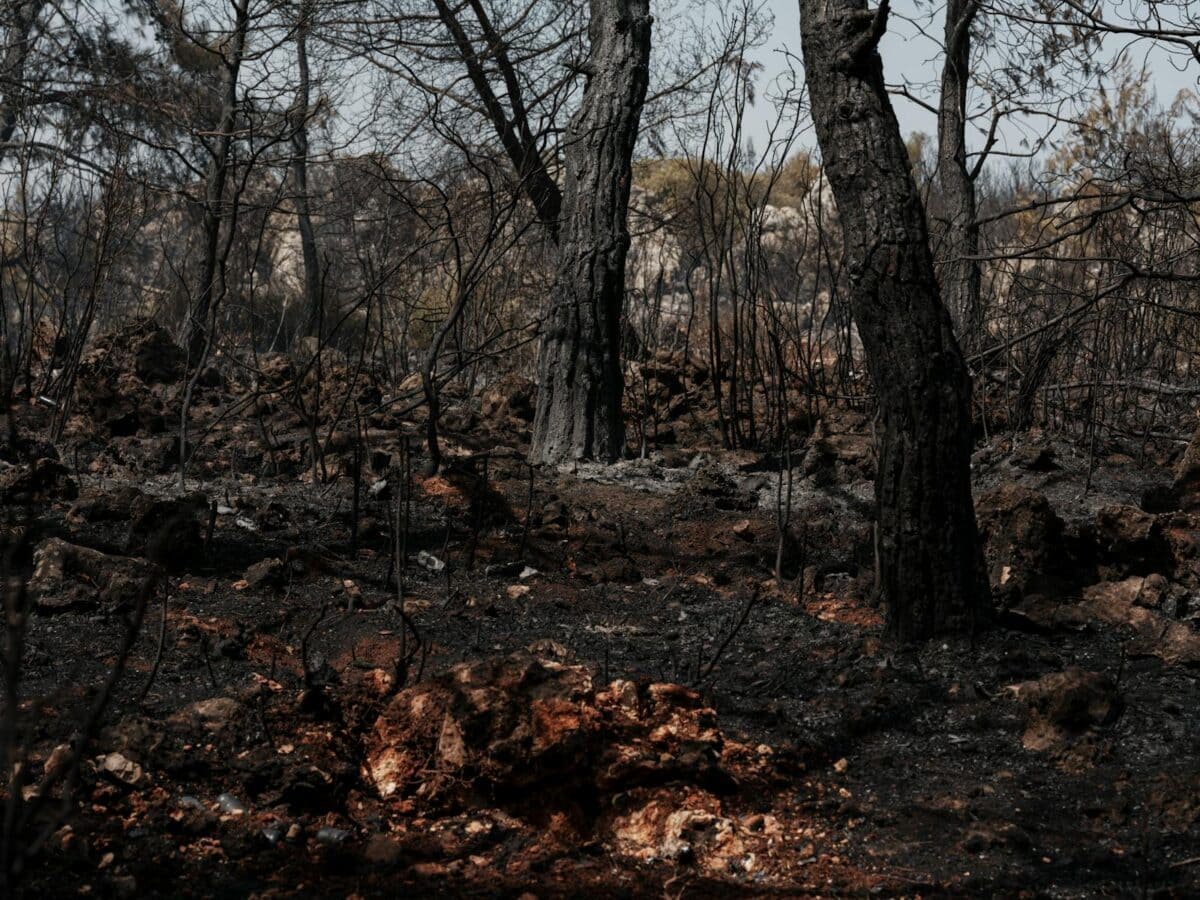
Koalas are dietary specialists with specific needs—they can only eat certain species of eucalyptus leaves, and even then, they’re selective about leaf age and chemical composition. The wildfires destroyed millions of food trees and damaged countless others, creating an immediate food crisis for surviving koalas. Even in areas where trees survived, fire damage altered leaf chemistry and nutritional value, reducing their suitability as koala food. Research has shown that burnt eucalyptus trees often produce leaves with higher levels of defensive compounds and lower nutritional content during recovery phases. This nutritional stress compounded the challenges facing surviving koalas, reducing their health, compromising their immune systems, and affecting reproductive success. In some regions, koalas were documented eating from tree species they normally avoid, indicating severe food stress and desperation. Recovery of food resources to pre-fire quality may take decades in severely burned areas.
Dehydration and Heat Stress Amplification
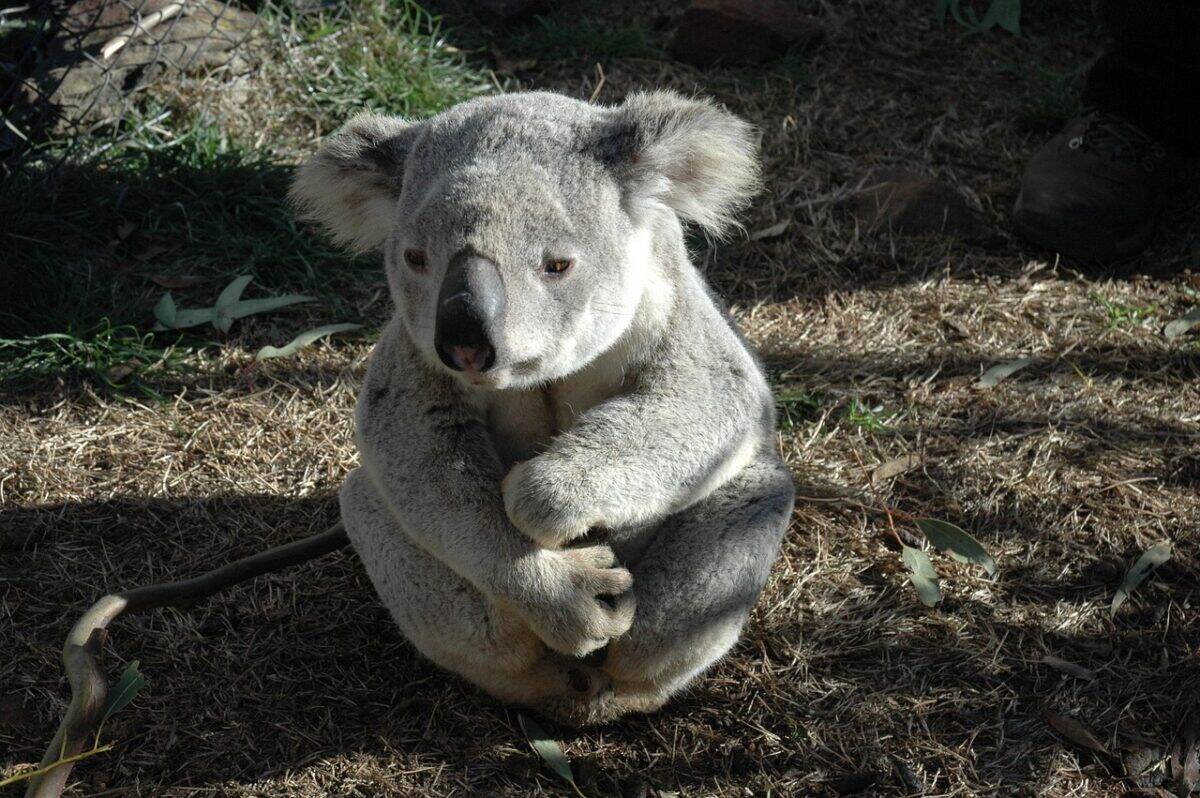
The fires coincided with and were partly driven by record-breaking heatwaves and drought conditions. These conditions created additional physiological stresses for koalas, who typically obtain most of their water needs from eucalyptus leaves. With leaf resources compromised and ambient temperatures regularly exceeding 40°C (104°F) during the crisis, dehydration became a major concern for surviving populations. Viral videos of koalas approaching humans for water during this period illustrated this desperation. Research conducted after the fires showed that many surviving koalas exhibited clinical signs of dehydration and associated kidney stress. These effects lingered well beyond the immediate fire period, with reduced body condition scores documented in monitored populations for months afterward. The fires also destroyed water sources such as streams and water holes in many regions, further compromising hydration options. Climate scientists warn that such extreme heat and drought conditions are becoming more common in Australia, suggesting this stress factor will persist and potentially worsen in future years.
Disease Vulnerability and Spread

The fires created conditions that heightened disease vulnerability among koala populations. Stress from fire trauma, smoke inhalation, burns, dehydration, and nutritional deficiencies compromised koalas’ immune systems, making them more susceptible to diseases like chlamydia, which already affects many mainland populations. Crowding of surviving koalas into remaining habitat patches increased disease transmission rates in some areas. Burns and injuries suffered during the fires created pathways for secondary infections, requiring extensive veterinary interventions for rescued animals. Research conducted at koala hospitals and rehabilitation centers documented higher rates of clinical disease manifestation in fire-affected populations compared to historical baselines. Of particular concern was the spread of koala retrovirus (KoRV), which can cause immunosuppression and cancer, and appears to become more problematic under stress conditions. The long-term disease burden from the fires continues to affect population recovery efforts, with some rehabilitated and released koalas showing higher susceptibility to disease challenges than their pre-fire counterparts.
Psychological Trauma and Behavioral Changes

The psychological impacts of the fires on surviving koalas, while harder to quantify than physical injuries, appear significant based on behavioral observations. Wildlife carers and researchers reported unusual behaviors in rescued koalas, including heightened stress responses, changes in feeding patterns, and atypical social behaviors. Some koalas exhibited symptoms consistent with post-traumatic stress, including heightened startle responses and abnormal sleep patterns. Fire-affected koalas showed changes in habitat selection preferences, with some animals avoiding severely burned areas even years after the fires, while others demonstrated unusual willingness to utilize suboptimal habitat due to limited options. These behavioral changes can affect everything from breeding success to predator avoidance. Interestingly, some populations showed increased tolerance for human proximity after receiving care during the crisis, which creates both opportunities for conservation support and risks from habituation. Long-term studies tracking these behavioral changes are ongoing, but early evidence suggests some adaptations may persist across generations through learning and possibly epigenetic mechanisms.
Conservation Status Reclassification

In the aftermath of the Black Summer fires, koalas experienced a significant change in their official conservation status. In February 2022, the Australian government officially uplisted koalas from “vulnerable” to “endangered” in Queensland, New South Wales, and the Australian Capital Territory. This reclassification came directly in response to population declines exacerbated by the catastrophic fires, combined with ongoing threats from habitat loss, disease, and climate change. The endangered listing provides increased legal protections and prioritizes koalas for conservation funding and recovery actions. It also triggers stronger environmental impact assessment requirements for development projects affecting koala habitat. The status change represents formal recognition that koalas face a high risk of extinction in the wild in the medium-term future unless threats are mitigated. International conservation organizations, including the IUCN, have similarly reassessed koala conservation status, raising global awareness about their precarious situation. This reclassification marks a sobering milestone in koala conservation history and acknowledges that the fires pushed populations past a critical threshold.
Genetic Diversity Implications

The wildfires created genetic bottlenecks in several koala populations, with concerning implications for their evolutionary future. When large portions of a population perish rapidly, as occurred during the fires, the surviving gene pool often represents only a fraction of the original genetic diversity. Genetic sampling conducted before and after the fires in affected regions revealed measurable reductions in genetic diversity markers. This loss of genetic variation reduces the population’s adaptive capacity to respond to future challenges such as new diseases, climate change, or habitat alterations. In some isolated populations that experienced severe fire impacts, concerns about inbreeding depression have emerged as the limited number of surviving animals begin to reproduce. Conservation geneticists are working to assess these impacts and develop management strategies, including potential translocation programs to restore gene flow between isolated populations. Some researchers have proposed establishing “genetic rescue” programs using individuals from different regions to supplement severely impacted populations, though such interventions carry their own risks and ethical considerations. The genetic consequences of the fires represent perhaps the most enduring impact, potentially affecting koala evolutionary trajectory for centuries.
Recovery Efforts and Conservation Innovations

The scale of the disaster prompted unprecedented recovery efforts for koalas. Wildlife rescue organizations, government agencies, universities, and community volunteers mobilized in what became Australia’s largest wildlife rescue operation. Specialized koala detection dogs were deployed to locate survivors in burned landscapes, thermal drones mapped remaining populations, and field hospitals treated thousands of injured koalas. The crisis sparked innovation in koala conservation, including new approaches to habitat restoration, improved fire prediction modeling specific to koala habitat, and advancements in koala veterinary medicine. Technologies like genomic mapping are being utilized to monitor genetic diversity and guide breeding programs. Some organizations established “koala arks”—protected habitat areas with enhanced fire protection systems—to serve as population refuges during future fire events. Community engagement in koala conservation reached new heights, with record donations supporting koala hospitals and recovery projects. Perhaps most significantly, the fires catalyzed policy changes at local and national levels, with new protections for koala habitat and increased funding for conservation programs. The Great Koala National Park proposal in New South Wales gained significant momentum following the fires and represents one of the most ambitious conservation responses.
Climate Change Connection and Future Fire Threats

The relationship between climate change and the catastrophic nature of the Black Summer fires has profound implications for koala populations. Climate scientists have established that climate change increased the likelihood of the extreme conditions that fueled the 2019-2020 fires by at least 30%. Australia’s climate has warmed by approximately 1.4°C since 1910, creating conditions more conducive to catastrophic fire behavior through increased drought, heat, and reduced humidity. Projections suggest southeastern Australia, home to significant koala populations, will experience increasingly severe fire conditions in coming decades. Modeling indicates that by 2050, catastrophic fire conditions could occur twice as frequently as they did in the late 20th century. For koalas, this climate-fire connection represents an existential threat, as their slow reproduction rate and specialized habitat needs make them particularly vulnerable to frequent large-scale fires. The recovery period needed between major fires exceeds what climate projections suggest will be available in many regions. This reality has forced a fundamental reassessment of koala conservation strategies, with greater emphasis now placed on identifying and protecting potential climate refugia—areas where koalas might have better chances of surviving future fire events due to natural features or human interventions.
Regional Population Disparities and Extinction Risk

The impact of the fires on koala populations varied dramatically by region, creating a complex conservation landscape with varying levels of extinction risk. Some populations were decimated while others remained relatively unaffected, depending on fire patterns and intensity. On Kangaroo Island, where approximately half the population perished, the unique genetics of this chlamydia-free population faced a severe bottleneck. In contrast, some Victorian populations experienced minimal fire impacts. The most severely affected populations in New South Wales potentially face local extinction without intervention, with some areas losing 80-90% of their koalas. These regional disparities create complex conservation prioritization challenges, as limited resources must be allocated effectively. Some previously robust populations are now considered non-viable without active management, while other smaller populations that escaped the fires have gained new conservation importance. The fires effectively redrew the map of koala conservation priorities across Australia. Long-term population viability analyses conducted after the fires suggest that some regional populations now face extinction probabilities exceeding 50% within the next three decades without significant intervention, representing a dramatic shift from pre-fire assessments.
The 2019-2020 Black Summer bushfires fundamentally altered the trajectory of koala conservation in Australia, creating a before-and-after dividing line that will influence this iconic species for generations to come. Through direct mortality, habitat destruction, genetic impacts, and psychological trauma, these fires permanently changed koala populations in ways that cannot be reversed but must be managed thoughtfully going forward. The fires served as a powerful catalyst for both public awareness and policy change, elevating the koala’s plight in national consciousness and international conservation priorities. While the fires dealt a severe blow to koala populations across eastern Australia, they also sparked unprecedented conservation responses and innovations that may ultimately benefit the species’ long-term survival. The future of koalas now depends on humanity’s willingness to address the interconnected challenges of habitat protection, climate change mitigation, and active conservation management to ensure this beloved marsupial remains more than just a memory in Australia’s unique natural heritage.
- Crows Can Recognize Human Faces - August 17, 2025
- How Climate Change Is Pushing Sharks Closer to US Beaches - August 16, 2025
- 12 Birds Known for Their Unique Songs and Calls - August 16, 2025

